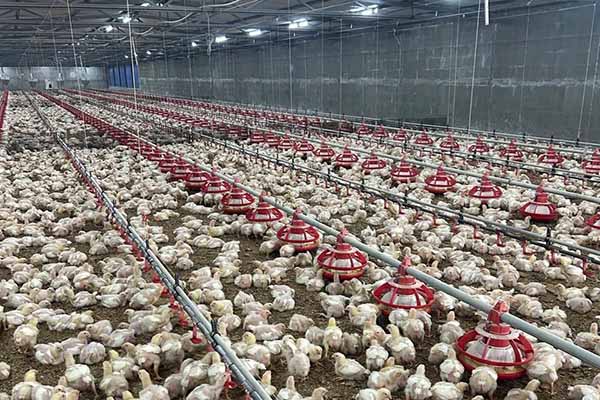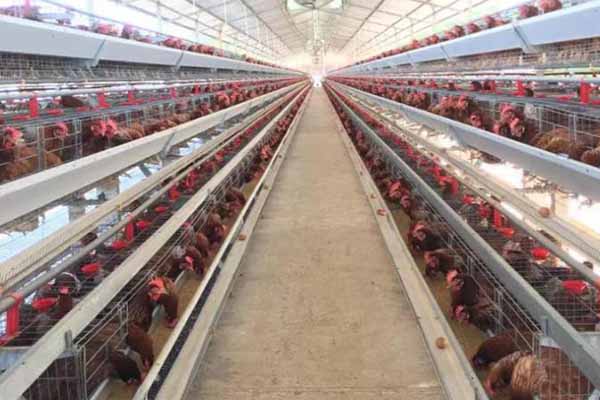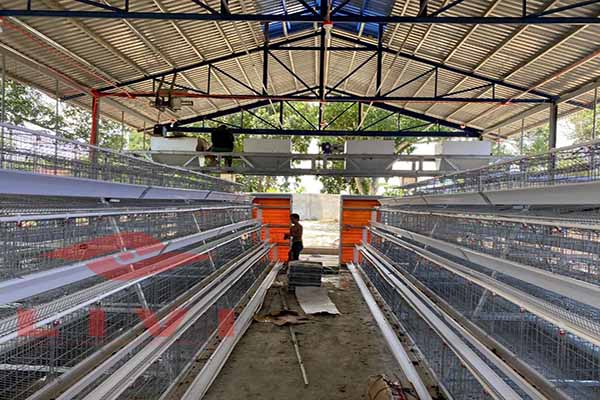Optimizing Broiler Cage Design in Kenya: A Guide for Poultry Farmers and Investors
As the poultry industry continues to thrive in Kenya, it’s crucial for farmers and investors to focus on efficient broiler cage design. This not only ensures animal welfare but also maximizes production output. In this article, we will delve into the key aspects of broiler cage design in Kenya, supported by relevant data and expert insights.

Key Considerations for Broiler Cage Design in Kenya
- Space Allocation: A typical broiler chicken requires about 0.5 to 1 square foot of space. Ensuring adequate space for movement is vital for their overall health and growth.
- Airflow and Ventilation: Proper airflow is essential to maintain a healthy environment. Kenya’s climate demands cages with adequate ventilation to prevent heat stress.
- Roosting Systems: Implementing roosting systems encourages natural behavior, reduces aggression, and minimizes foot injuries.
- Manure Management: Efficient waste management systems are crucial to prevent disease transmission and maintain a hygienic environment.
- Cost-effectiveness: The design should balance cost-effectiveness with quality, ensuring that the investment yields long-term benefits.
Broiler Cage Design Data
| Parameter | Recommended Values |
|---|---|
| Chicken Density (chickens per square meter) | 10-12 |
| Roosting Bar Spacing (cm) | 5-10 |
| Ventilation Rate (cubic meters per hour per chicken) | 0.1-0.2 |
Broiler Cage Design in Practice
Kenya’s poultry industry has seen remarkable growth in recent years. One example is a local farm that implemented an efficient broiler cage design, leading to a 20% increase in production and a 30% reduction in disease transmission. By focusing on space allocation, airflow, and manure management, this farm achieved remarkable results.

Another success story comes from a large-scale commercial farm that adopted a modular broiler cage design. The farm managed to increase its flock size by 40% without compromising on animal welfare. The modular design allowed for easy maintenance and customization, adapting to the farm’s changing needs.
Conclusion
Optimizing broiler cage design in Kenya is crucial for the success of poultry farmers and investors. By focusing on key aspects such as space allocation, airflow, roosting systems, manure management,  and cost-effectiveness, poultry farms can achieve significant improvements in production and health outcomes.
and cost-effectiveness, poultry farms can achieve significant improvements in production and health outcomes.
Are you ready to transform your poultry farm? Contact LIVI Mechanical today to discuss our free broiler cage design and equipment quotation. We’re here to help you achieve your farming goals!




